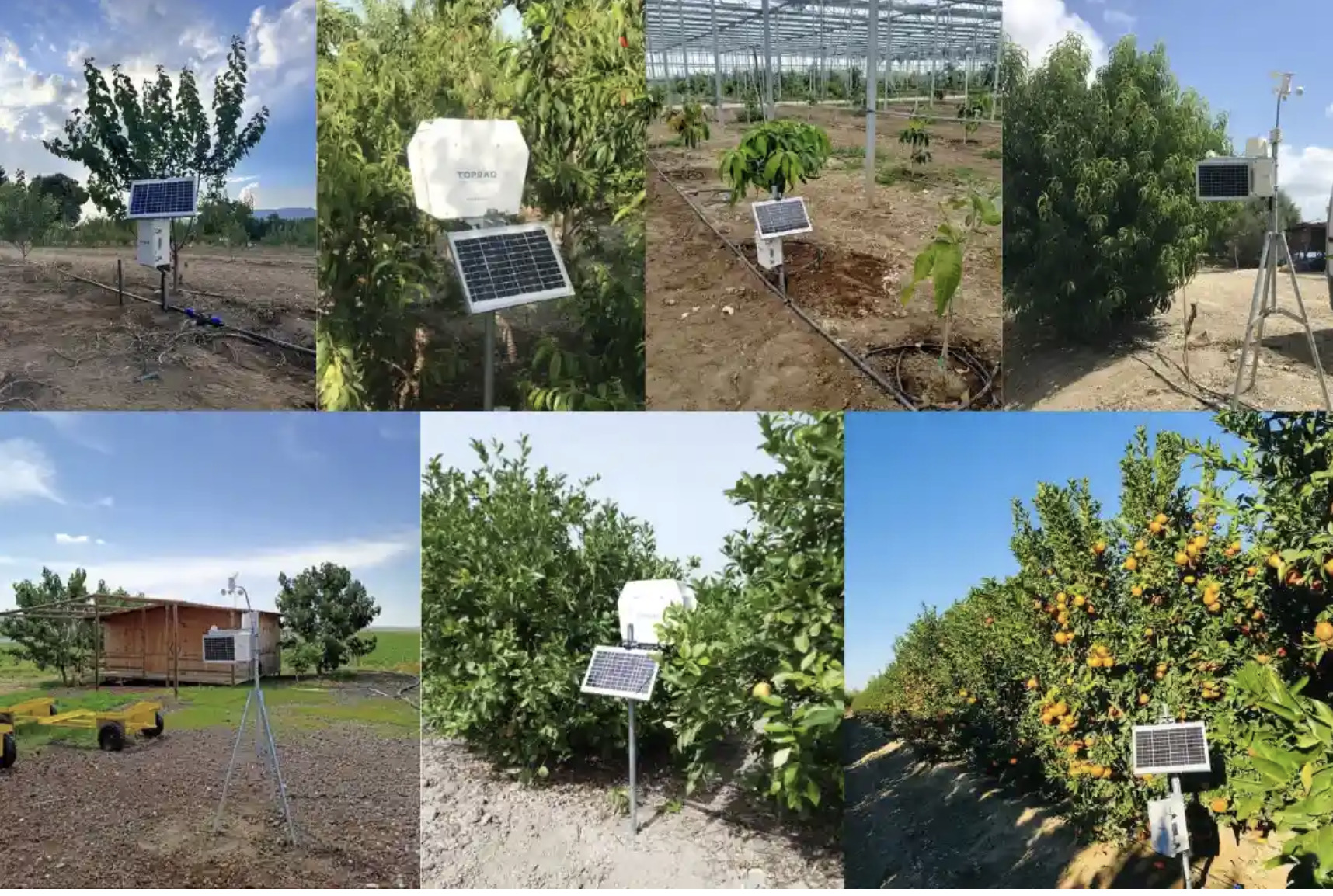Regenerative agriculture pioneer Advancing Eco Agriculture (AEA) looks to transition more farmers around the world to regen practices through a new partnership with Turkey-based Topraq.
Combining their respective technologies and expertise, the two will provide citrus, grape and cotton growers in southeast Europe and west and central Asia with tools and agronomic support around building up soil health, managing water and ultimately moving acreage away from conventional practices.
Topraq, which is also investing in AEA as part of the deal, offers a suite of precision ag tools for managing fields, irrigation, crops, and other aspects of the farming operation.
“By combining AEA’s expertise with our technology, we’re empowering farmers to make informed decisions that boost crop performance, lower input costs, and promote environmental sustainability,” notes Topraq CEO Cem Ertal.
AEA will also bring plant-health platform Croptix — for which AEA is a key investor — into the equation to provide growers with in-field early detection of crop nutrition and disease.
Croptix is particularly noted for its effectiveness in citrus crops, an important area for Topraq. Grapefruits, oranges, lemons and other fruits are major exports for Turkey and are expected to increase in volume in the near future. The Croptix platform can, among other things, identify the early warning signs of Huanglongbing (HLB) citrus greening, known to be one of the most destructive citrus plant diseases worldwide.
‘Test, not guess’
Technology’s potential as a driver of regenerative agriculture is a frequent topic nowadays in agrifood circles. But as panelists at the World Agri-Tech summit in London earlier this month suggested, the role of technology should be determined by the needs of the farmer, not the other way around.
“Most of these [regenerative agriculture] projects are bottom up,” Matteo Vanotti, CEO of xFarm Technologies, said on the regenerative agriculture panel. “You need to start with the farmers and what is feasible for them.”
“Innovation and technology [are] important, but change is a socio-economic process, so you really need to be embedded in the local community to help farmers through this innovation overall,” added Andre Eitner, director global climate action agriculture and Europe positive agriculture at PepsiCo.
Technological transition led by the farmer is a concept AEA is intimately familiar with, having provided a mix of plant nutrients, soil testing services, data-driven crop nutrition programs and consulting to more than 10,000 growers in the US since 2006, when the company was founded.
“Regenerative agriculture will always be a mix of observation, intuition and technology,” says John Kempf, AEA’s founder and chief vision officer. “But at the same time, ‘test, not guess’ is AEA’s mantra. Precise testing that provides real-time data helps growers do their job better, thereby increasing yields and farm profits.”
Kempf has been very public about his vision of having regenerative agriculture become “the standard status quo for more than 80% of the world’s farmers by 2040 globally.”




